In a recent interview, Canada’s Minister of Immigration Refugees and Citizenship Canada Marc Miller, hinted at potential changes to the country’s permanent immigration levels. This announcement has sparked widespread interest, especially among those closely monitoring trends in Canada Permanent Residency. The minister’s comments suggest these changes could be significant, marking a potential shift in Canada’s approach to its immigration policy.
What’s on the Horizon?
Canada has long been recognized for its proactive stance on immigration, attracting talent, and fostering multiculturalism. Minister Miller’s latest comments indicate that more adjustments to the immigration framework may be on the horizon. During the interview, Miller emphasized that the forthcoming changes to immigration levels would not be merely cosmetic but rather substantial and meaningful. This revelation has raised questions about how these changes might impact the future of immigration in Canada, particularly for those aspiring to become Permanent Residents.
Miller mentioned that all options are on the table when it comes to revising the number of Permanent Residents Canada accepts. One key area of focus is the economic immigration category, which currently makes up 60% of Canada’s immigration intake—a level Miller described as “unprecedented” compared to similar countries. He also hinted at the possibility of adjusting the types of immigration streams supported by the government. However, he stressed the importance of avoiding overcorrection, suggesting a careful approach to balancing different immigration needs.
Economic Immigration and the Upcoming Immigration Levels Plan
The economic immigration category has been a cornerstone of Canada’s immigration strategy, bringing in skilled workers who contribute significantly to the economy. With 60% of the immigration intake falling under this category, changes here could have far-reaching impacts. The minister’s comments suggest that the government may be considering ways to optimize this category to better align with Canada’s economic needs and labor market demands.
The upcoming Immigration Levels Plan will likely reflect these considerations, outlining the number of new Permanent Residents Canada aims to welcome in the coming years. This plan serves as a crucial roadmap for the federal immigration department’s operations, guiding how Canada manages its intake of Permanent Residents. Aspiring immigrants should pay close attention to this plan, as it will provide insights into potential changes in the number of available spots and the types of skills Canada is prioritizing.
Public Opinion and Policy Adjustments
The discussion around Canada’s immigration levels comes at a time when public support for immigration has seen a slight decline. Concerns over housing affordability and pressure on public services have contributed to this shift in opinion. Polls conducted in 2023 indicated a growing unease among Canadians, prompting the government to consider how to address these concerns while maintaining the economic benefits that immigration brings.
In response, Immigration, Refugees, and Citizenship Canada (IRCC) has already implemented measures to manage these concerns. This includes capping study permits for international students and limiting the number of low-wage temporary foreign workers in areas with high unemployment. These measures reflect a cautious approach, aiming to balance the needs of the economy with the realities of public sentiment.
Balancing Economic Benefits with Public Concerns
Minister Miller also highlighted the crucial role immigration played in helping Canada avoid a recession during the COVID-19 pandemic. This underscores the need for thoughtful, well-considered actions as Canada navigates its future immigration path. The federal government has been careful in its approach, aiming to strike a balance between harnessing the economic benefits of immigration and managing public concerns about overpopulation and resource allocation.
As the government prepares to unveil the new Immigration Levels Plan, there is much speculation about the direction Canada will take. The plan is expected to include temporary resident levels for the first time, a move designed to better manage the influx of work permit holders, international students, and visitors. This new inclusion indicates a more comprehensive approach to managing immigration, considering permanent and temporary residents’ impact on the country.
Conclusion: What Can We Expect?
Prime Minister Justin Trudeau has reaffirmed Canada’s commitment to maintaining a positive stance on immigration while ensuring the system remains fair and effective. The current immigration targets, set at 500,000 for 2025 and 2026, could be adjusted based on Canada’s evolving needs.
For aspiring Canada Permanent Residents, staying informed about these potential changes is crucial. The upcoming Immigration Levels Plan will provide clearer insights into how Canada’s immigration policy may evolve and what it could mean for future applicants. As the world watches, Canada’s approach to immigration continues to set a benchmark for balancing economic growth, diversity, and public well-being.
For any immigration-related queries please contact us for expert advice.




